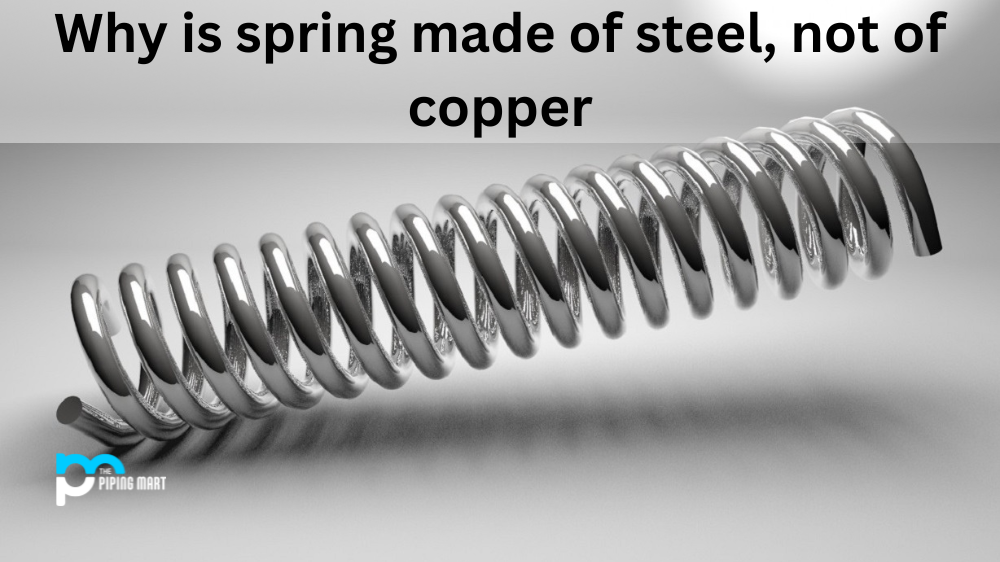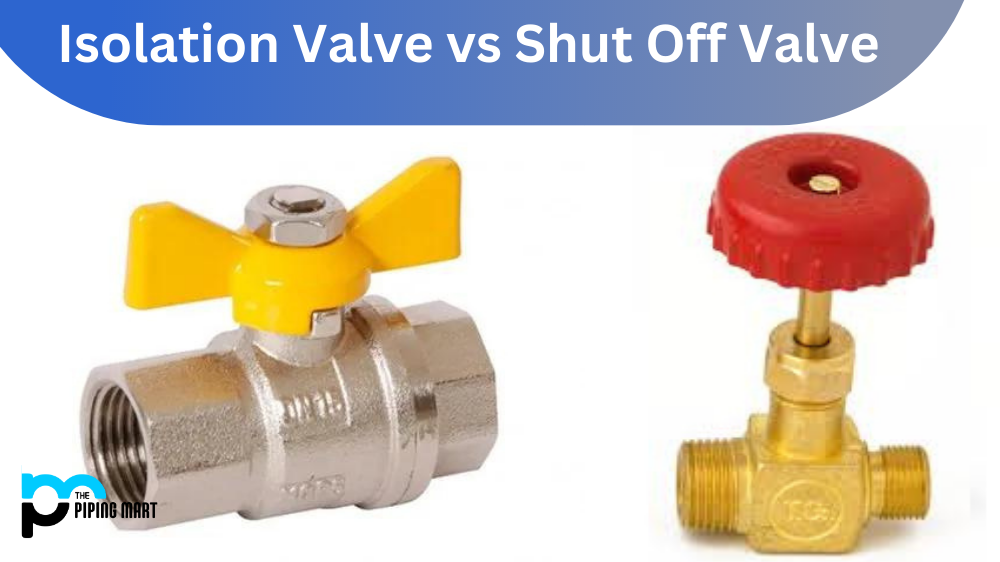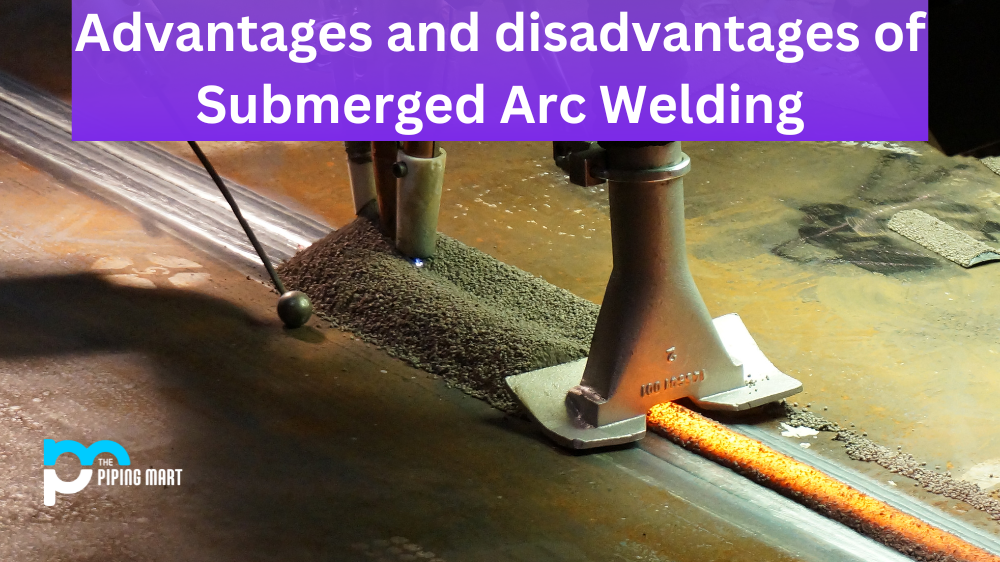Equal tees and reducing tees are both commonly used fittings in piping systems. While they may look similar, each has a unique purpose and specific design. As an expert in the field, I am often asked about the differences between the two. In this blog post, I will explain everything you need to know about equal tees and reducing tees, including their designs, sizes, applications and more.
What is Equal Tee?
Equal Tee is a type of pipe fitting used in various plumbing systems. It has two equal-sized outlets perpendicular to the main line, allowing for a connection between pipes or tubes of different diameters. Depending on the application, the outlets may be threaded or unthreaded, and it is often used to join horizontal and vertical runs together. It can also be an extension piece or reducer for branch lines off the main run.
What is Reducing Tee?
A reducing tee is a type of pipe fitting used in plumbing and piping systems to join three pipes together. It is designed with one inlet that is larger than the other two outlets which allows for gradual reduction of flow from the main line. While it can be used with several different materials, such as PVC, copper, or galvanized steel, it works best when all components are made of the same material.
Difference Between Equal Tee and Reducing Tee
Design:
Equal Tees – As the name implies, an equal tee has an equal-sized branch and run. The three ends of the tee are the same size, making it a symmetrical fitting.
Reducing Tees – On the other hand, a reducing tee has a smaller branch on one side of the tee. It is aptly named as it reduces fluid flow through the piping system in that direction. The run and the other branch are the same size.
Sizes:
Equal Tees – These fittings come in various sizes, from ½ inch to 72 inches, and are widely used in piping systems where equal flow is necessary.
Reducing Tees – They are also available in various sizes, but the branch is always smaller than the run. It is commonly used where a reduction in pipe size is needed in one piping direction.
Applications:
Equal Tees – These fittings are used in applications where the fluid flows with the same rate or pressure from all three tee outlets. Such applications include water supply lines, sewage lines, and heating systems.
Reducing Tees – As mentioned earlier, reducing tees are used in applications where fluid flow needs to be reduced in one direction. They are commonly used in chemical plant processes, refineries and HVAC systems.
Material:
Equal Tees – They can be made using various materials such as PVC, stainless steel, copper, or carbon steel. The choice of material depends on the application and the environment in which the piping system is installed.
Reducing Tees – They are also available in various materials, and the selection is based on the pipe’s temperature and fluid characteristics.
Cost:
Equal Tees – Their symmetrical design is less expensive than reducing tees.
Reducing Tees – The reducing tee’s design makes it a little more expensive than its counterpart due to its additional reduction section.
Conclusion:
In brief, selecting the right tee fitting is crucial for an efficient and cost-effective piping system. Equal and reducing tees play distinctive roles and are designed for various applications. It is essential to consider all the factors, including design, sizes, applications, materials, and cost while selecting a tee fitting that suits your needs. This post has provided valuable insights into the differences between equal and reduced tees.

Abhishek is a seasoned blogger and industry expert, sharing his insights and knowledge on various topics. With his research, Abhishek offers valuable insights and tips for professionals and enthusiasts. Follow him for expert advice on the latest trends and developments in the metal industry.




